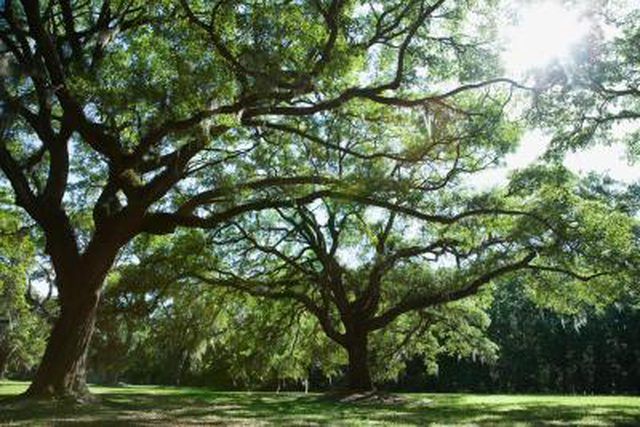Bulbs
Flower Basics
Flower Beds & Specialty Gardens
Flower Garden
Garden Furniture
Garden Gnomes
Garden Seeds
Garden Sheds
Garden Statues
Garden Tools & Supplies
Gardening Basics
Green & Organic
Groundcovers & Vines
Growing Annuals
Growing Basil
Growing Beans
Growing Berries
Growing Blueberries
Growing Cactus
Growing Corn
Growing Cotton
Growing Edibles
Growing Flowers
Growing Garlic
Growing Grapes
Growing Grass
Growing Herbs
Growing Jasmine
Growing Mint
Growing Mushrooms
Orchids
Growing Peanuts
Growing Perennials
Growing Plants
Growing Rosemary
Growing Roses
Growing Strawberries
Growing Sunflowers
Growing Thyme
Growing Tomatoes
Growing Tulips
Growing Vegetables
Herb Basics
Herb Garden
Indoor Growing
Landscaping Basics
Landscaping Patios
Landscaping Plants
Landscaping Shrubs
Landscaping Trees
Landscaping Walks & Pathways
Lawn Basics
Lawn Maintenance
Lawn Mowers
Lawn Ornaments
Lawn Planting
Lawn Tools
Outdoor Growing
Overall Landscape Planning
Pests, Weeds & Problems
Plant Basics
Rock Garden
Rose Garden
Shrubs
Soil
Specialty Gardens
Trees
Vegetable Garden
Yard Maintenance
Facts About the Fringe Tree
Facts About the Fringe Tree. According to NC State university, the fringe tree, scientific name Chionanthus virginicus, is a deciduous tree native to North America that is commonly known as old man’s beard.

According to NC State university, the fringe tree, scientific name Chionanthus virginicus, is a deciduous tree native to North America that is commonly known as old manís beard.
Size
NC State University reports the fringe tree can grow to between 12 and 20 feet in both height and width with little maintenance required to keep branches under control.
Growth
The fringe tree is a slow-growing tree usually growing, according to the U.S. Department of Agriculture, at a rate of about 6 to 10 inches per year. In fertile, rich, moist soil, the fringe tree can grow about 12 inches per year.
Foliage
The foliage of the fringe tree starts yellowish-green in the spring before turning dark green in the summer. NC State University reports the 3- to 8-inch leaves of the tree turn brown in the fall.
Flowers/Fruits
The U.S. Department of Agriculture reports the fringe tree flowers in late spring with small white flowers. The fruits of the fringe tree are a purple-blue that attract birds to the tree.
Damage
The bark of the fringe tree is brittle and easily damaged, according to the U.S. Department of Agriculture. Fungi can be a problem, causing leaf spots and powdery mildew. When planted in full sun, the fringe tree can be infested by mites.